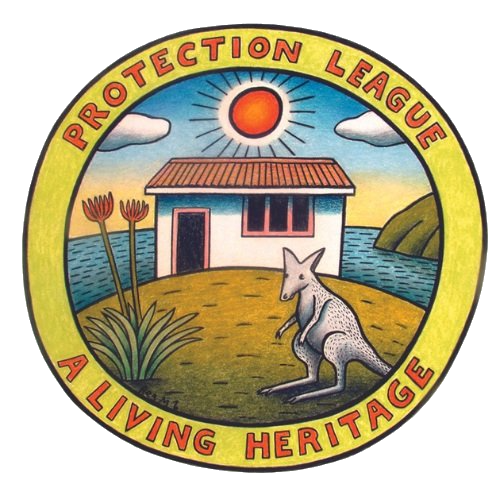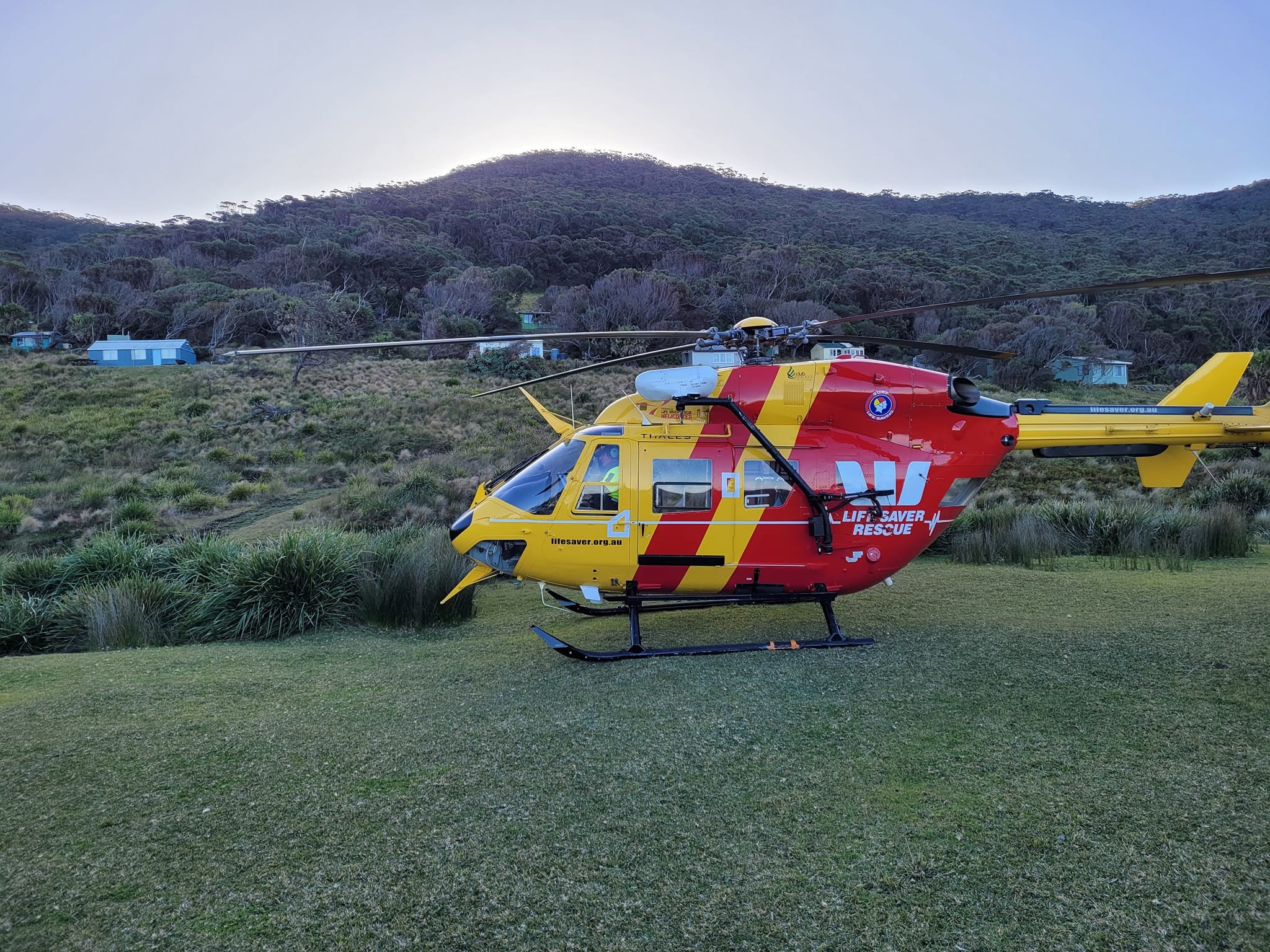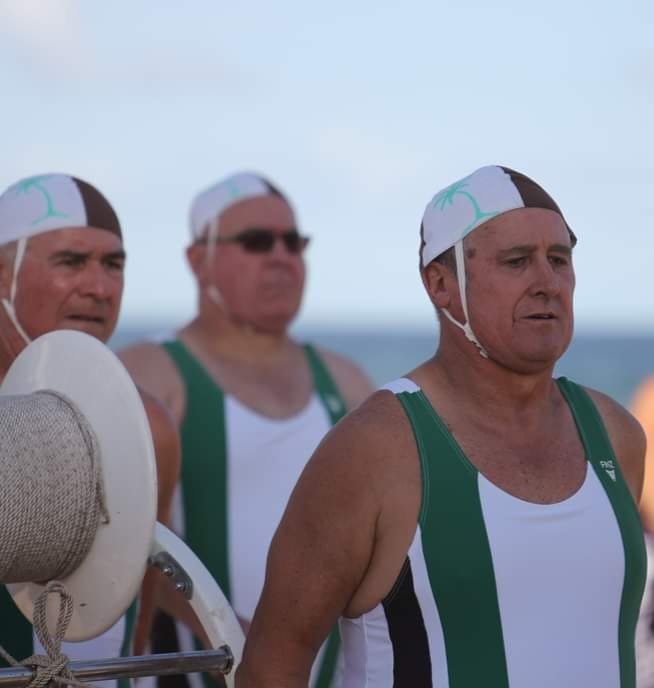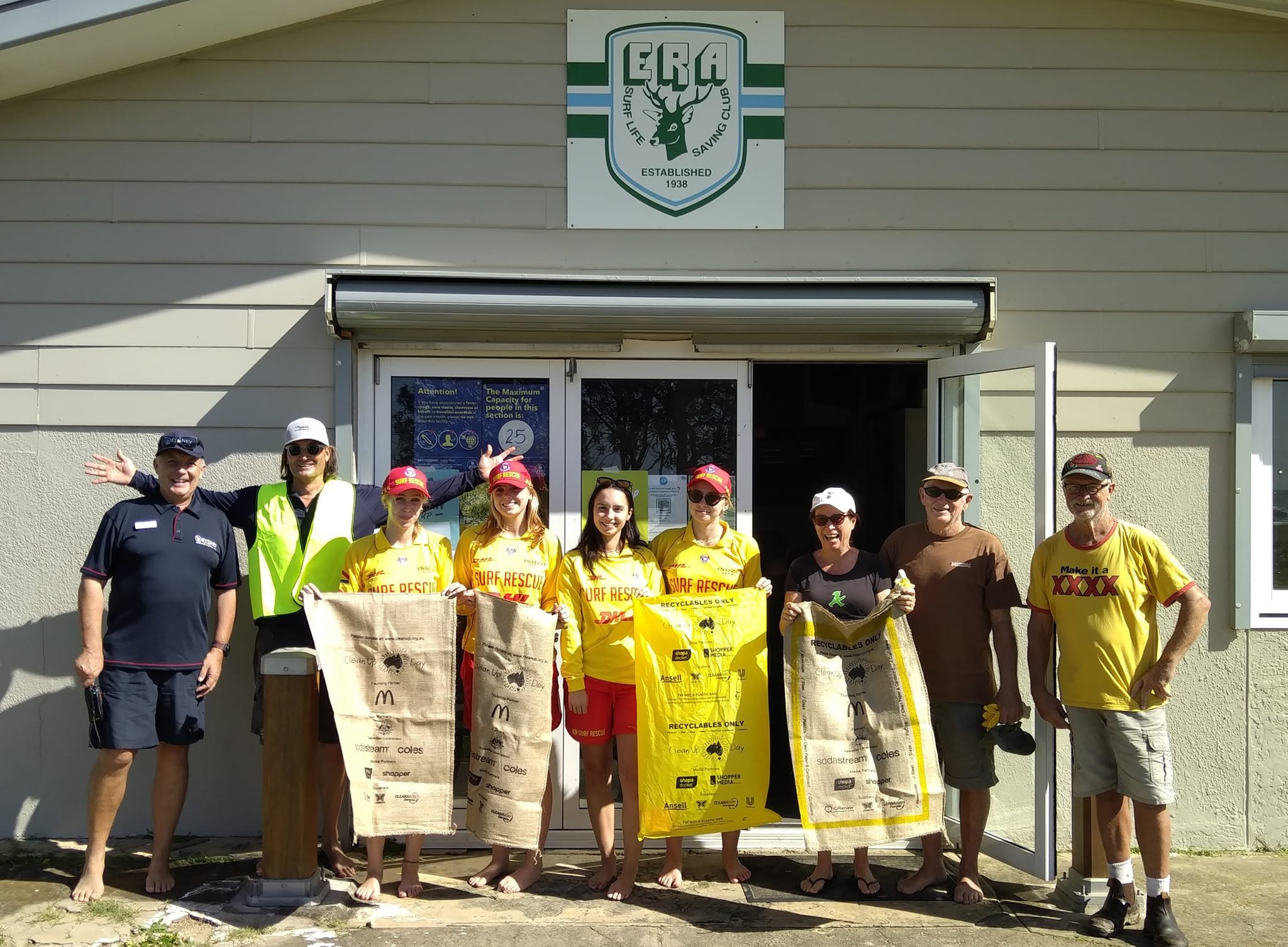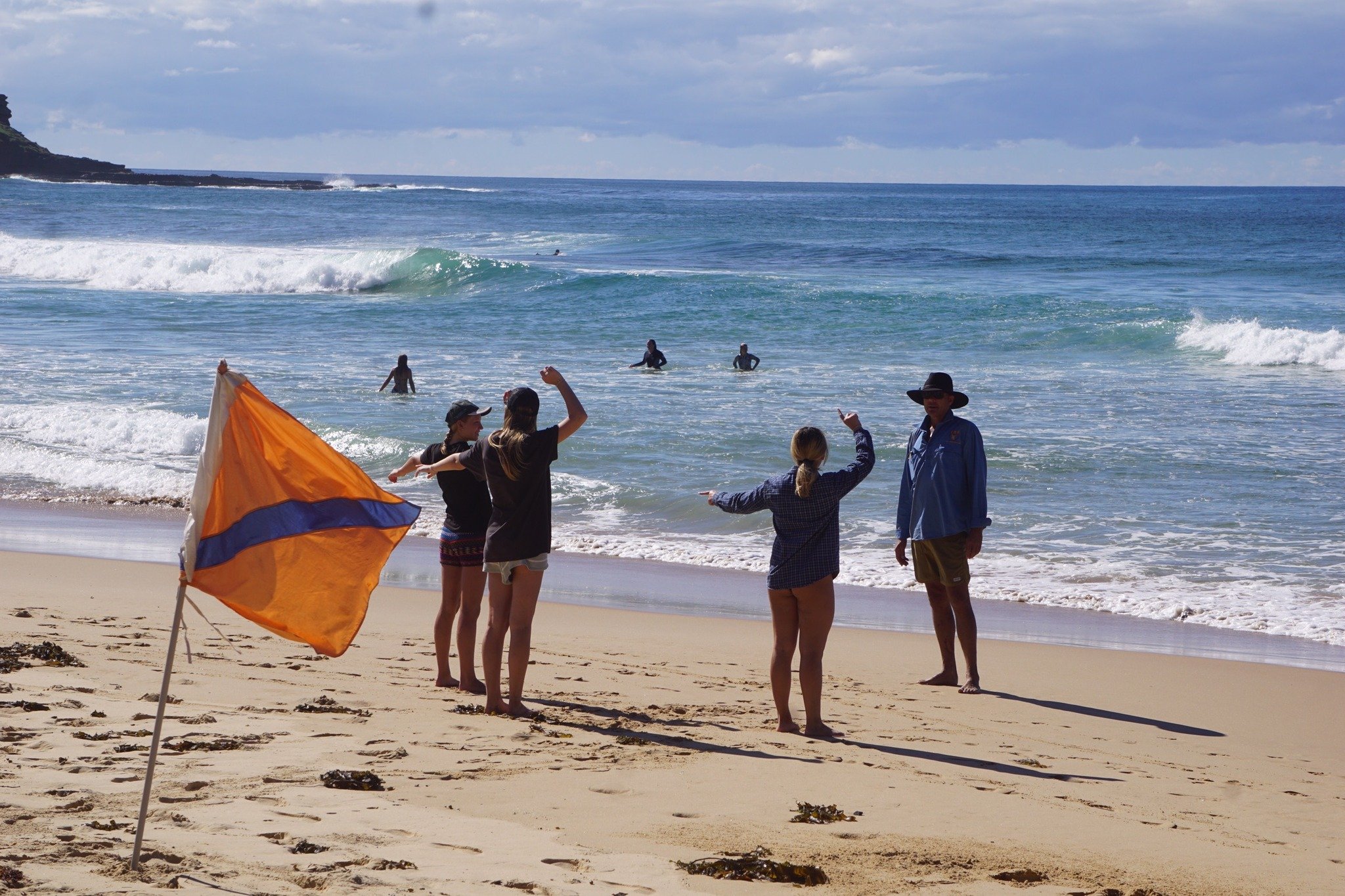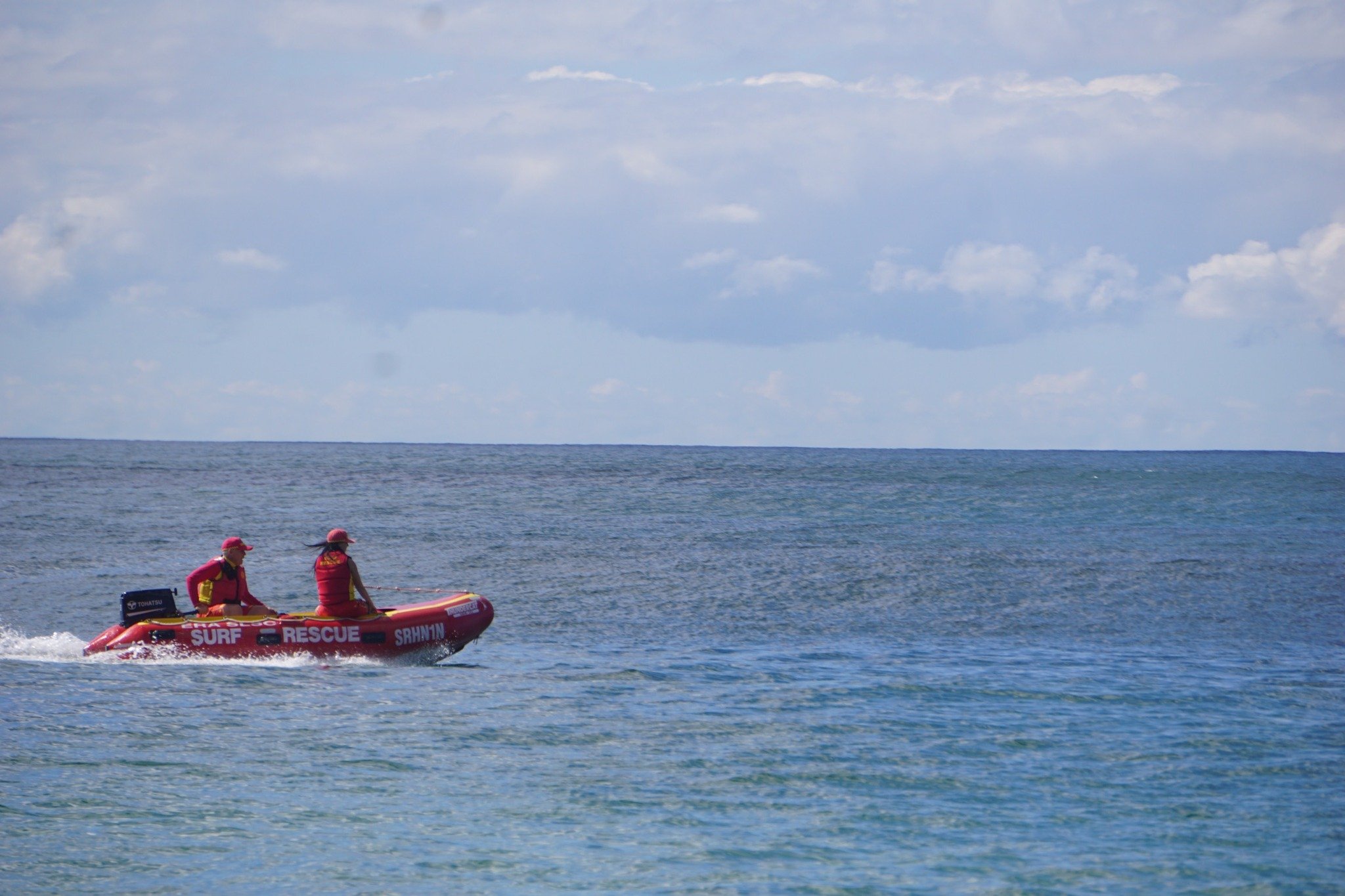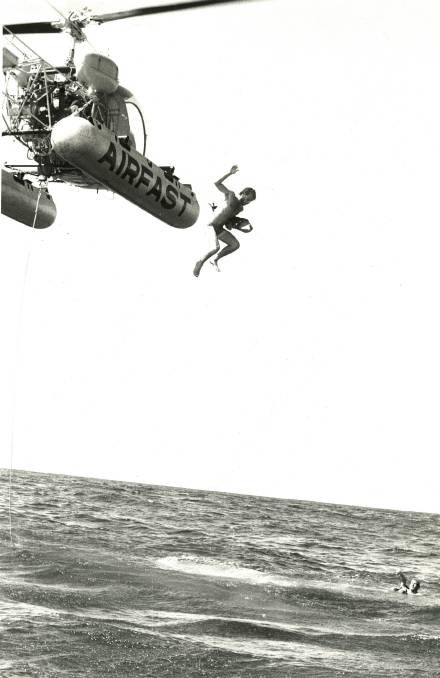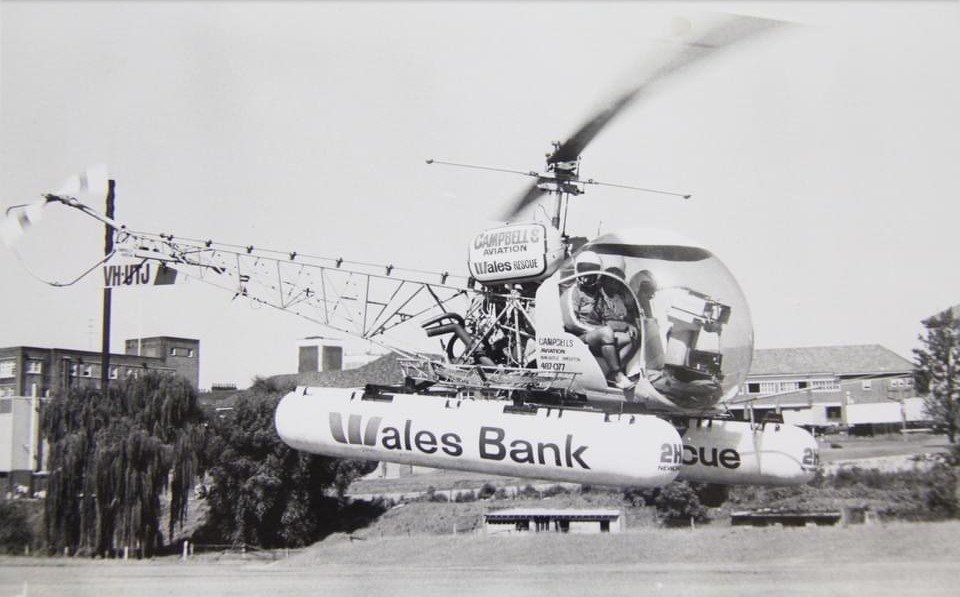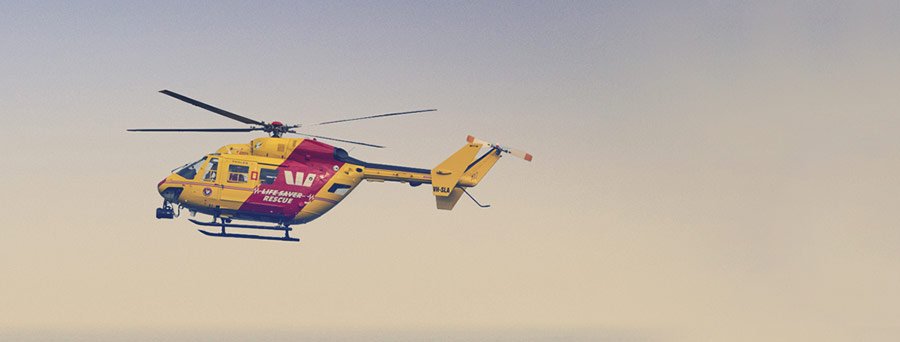Surf Life Saving
Each Surf Life Saving Club (SLSC) is a volunteer organisation all located within Sydney’s iconic Royal National Park. All SLSC’s provide Life Saving Services for the community and the general public. services include volunteer beach patrols, first aid and preventative advice, award training (bronze medallion) and Junior surf skills activities (nippers).
The Patrolling season starts in September each year and goes through to April (the following year). with patrols every weekend and public holiday during this time.
The surf clubs offers a sense of community spirit and a great way to meet new people, support the community, keep fit and have fun.
Surf Life Saving History
A significant influence on the safety of visitors to the park was the introduction of Surf Lifesaving Clubs to the Royal National Park. Started in 1938, when a man drowned off the rocks at Era Beach, shack owners vowed that it would be the last time there would be a fatality on the three beaches. They were required to talk to the National Surf Lifesaving Association and were able to set up the first branch at Era Beach. With little funding, it was a challenge building a surf club as all the material had to be carried down the hill on peoples backs, however, the community was fortunate that some of its members were skilled builders and carpenters, who took time off work to supervise the construction of the first Surf Club building. To make this a little easier, trees from the area were used as piers and people from Helensburgh bought their horses in to help drag them to the beach.
Clubhouse
The club soon became the focal point for the communities. Apart from their role as the monitors of ocean safety, they also functioned as a place where the community would gather. Because there was no electricity, members would bring their Tilly lamps to hang from the ceiling.
March Past
Burning Palms SLSC has had a march past team for many years, competing at carnivals including the Sydney Branch, NSW State and Australian Championships. The team has been successful at all carnivals, particularly winning Gold Medals at two Australian Championships. The team continues to fly the brown and green flag for the Club.
Surf Boats
Once the surf clubs were fully operational, they needed a surf boat to assist in surf rescues. Unfortunately, there was no money to purchase one, but luckily Cronulla SLSC in Sydney stepped in and donated one of its secondhand vessels, which was rowed around to the beach.
The Introduction of Careflight Helicopters
It was at Burning Palms when Ian Badham thought of promoting emergency helicopters for Surf Life Saving. He had seen them work well in New Zealand and decided that it needed to be introduced in Australia. Before 1973, if people got into trouble and needed medical attention, they would look for shack owners who are known for their first aid skills. Because the communities were so isolated, the only way to get help was to run up the hill, get in your car, drive to Audley to phone and raise the alarm. By the time the cops or paramedics arrived, you would have lost at least an hour and a half. If a helicopter was needed to winch somebody out, the only one available was the from the Holsworthy military base, and that took at least six hours to activate. The shack owners were relatively lucky because most of the time people around could help, but in the surrounding areas like Wattamolla, people died because of the lack of assistance. Ian knew the situation at Burning Palms was less than perfect and wanted to help change that.
Ian spent 18 months knocking on doors to obtain the funds. There were no helicopters in Sydney, so he made contact with a company that ran helicopters in the bush for mustering and to supply oil rigs. He was after $50,000 to get the project off the ground, so he went to see banks and other institutions. Getting nowhere, Ian used his contacts in the media and, through a friend, set up a helicopter rescue trial to be filmed by Channel 7 with a big story in the Sydney Morning Herald. The story was a success, and Ian got a phone call from The Bank of New South Wales the next day asking him to come in for a chat. Ian finally had the money to set up the project, however, it would only be available over the summer, weekends and public holidays.
In return for the money, the bank would have its logo on the helicopter. Later the bank of New South Wales become Westpac bank and it would stand in good stead.
